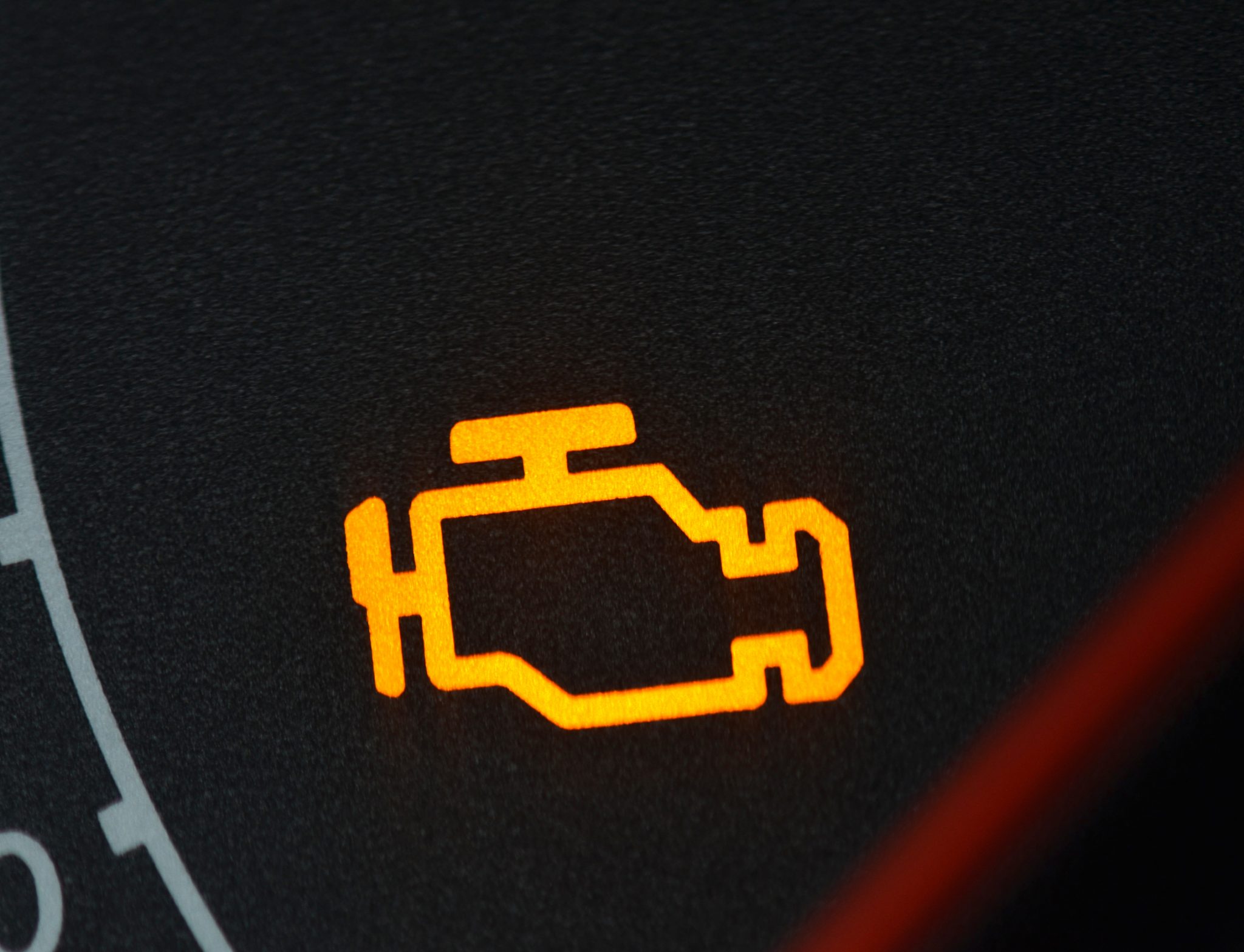Have you ever been driving along, enjoying the open road, when suddenly, out of nowhere, that ominous little light on your dashboard pops up? Yes, that’s right—the dreaded check engine light. It’s a signal that something isn’t quite right under the hood, but decoding exactly what it means can be a mystery to many drivers. We will try to shed some light on this warning beacon and help you navigate through the maze of possibilities.
Understanding the Check Engine Light
First, let’s debunk a common misconception: the check engine light isn’t always a sign of imminent danger. However, it’s not something to ignore either. The warning light is part of your car’s onboard diagnostics system (OBD), designed to monitor your vehicle’s performance and emissions systems. When it detects a potential issue, it illuminates to alert you that something requires attention.
What Triggers the Check Engine Light?
The causes behind a check engine light can vary widely, ranging from minor issues to more serious mechanical problems. Here are some common triggers(but not all):
- Loose Gas Cap: Surprisingly, something as simple as a loose or faulty gas cap can trigger the check engine light. This typically indicates an issue with the fuel system’s vapor recovery system.
- Oxygen Sensor Malfunction: The oxygen sensor monitors the amount of unburned oxygen in your vehicle’s exhaust system. A malfunctioning sensor can lead to reduced fuel efficiency and increased emissions.
- Catalytic Converter Failure: The catalytic converter is crucial in reducing harmful emissions. If it fails, it can trigger the check engine light and may cause your vehicle to fail an emissions test.
- Faulty Mass Airflow Sensor: The mass airflow sensor measures the amount of air entering the engine to ensure proper fuel delivery. A malfunctioning sensor can lead to rough idling, poor acceleration, and decreased fuel efficiency.
- Spark Plug or Ignition Coil Issues: Worn-out spark plugs or faulty ignition coils can disrupt the combustion process, leading to engine misfires and a lit check engine light.
- Engine Misfire: A misfiring engine can be caused by various factors, including faulty spark plugs, fuel injectors, or ignition coils.
- Transmission Problems: Issues with the transmission, such as low fluid levels or sensor malfunctions, can trigger the check engine light.
What Should You Do When the Check Engine Light Comes On?
So, your check engine light has illuminated—what’s next? Here are some steps to take:
- Don’t Panic: In many cases, the issue triggering the check engine light is minor and won’t cause immediate harm to your vehicle. However, it’s essential to address it promptly to prevent potential damage.
- Check for Other Symptoms: Pay attention to any other symptoms your vehicle may exhibit, such as strange noises, rough idling, or reduced performance. This information can help diagnose the problem.
- Inspect the Gas Cap: Start with the simplest solution first—check to ensure that your gas cap is tightened securely. If it’s loose or damaged, replace it and see if the check engine light turns off after a few driving cycles.
- Use a Diagnostic Tool: If the check engine light persists, consider using an OBD-II diagnostic tool to retrieve the trouble codes stored in your vehicle’s computer. These codes can provide valuable insights into the underlying issue.
- Seek Professional Advice from Hong Kong Auto Service: If you cannot diagnose the problem yourself or if the issue seems serious, it’s best to consult a qualified mechanic. We have the expertise and diagnostic equipment to effectively identify and address the problems.
While the check engine light can be a source of anxiety for many drivers, it’s essential to approach it with a level head. By understanding the potential causes and taking appropriate action, you can address the issue and keep your vehicle running smoothly. Remember, timely maintenance and repairs from Hong Kong Auto Service are key to ensuring your car’s longevity and performance. So, the next time that little light appears on your dashboard, don’t fret—embrace the opportunity to take proactive care of your vehicle and give us a call!

